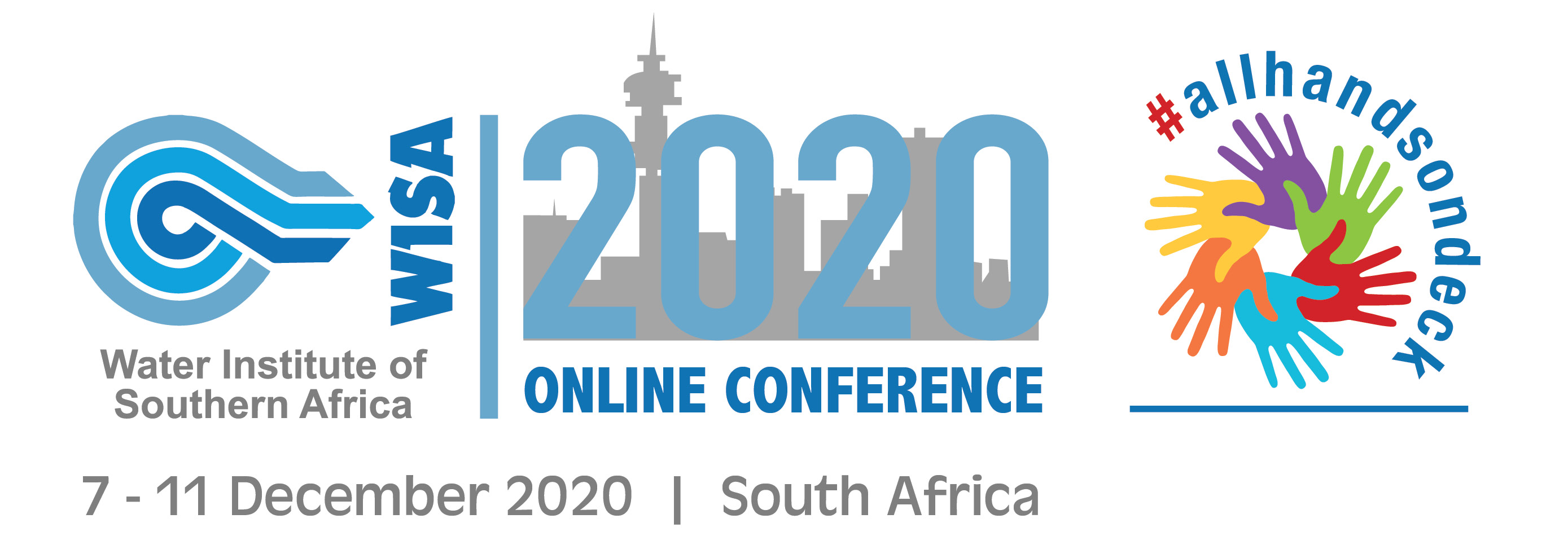Manage and monitor effective water and sanitation services and infra-structure
The water and sanitation sector is currently not financially sustainable. The sector sees aging infrastructure with new infrastructure continually being constructed, highly vulnerable municipalities, increased customer dissatisfaction, and inability to cover costs. A significant gap exists between funding needed versus funding available from both fiscal transfers and revenue. It is critically important that all sectors to have #AllHandsOnDeck to address maintenance, operation, optimisation, cost reflection and investment in infrastructure, skills, partnerships and models to improve and sustain water, wastewater and biosolids within the concept of a Circular Economy.
Keywords
Sanitation in rural, small,urban areas
Water supply in rural, small urban areas
Maintenance & Asset Management
Desalination
Membranes
Energy management
Water services planning
Re-Use
Sludge Management
Biosolids and beneficial reuse
Stormwater
Wastewater
Anaerobic digestion
Biogas, co-digestion, co-generation
Reuse, recovery, recycling and reclamation
Water & waste management in Industry
Water & waste management in Mining
Treatment technologies
Process audits and optimisation
Biogas and methane
Climate Change
Risk management
Water Safety Planning
W2RAP
Public Private Partnerships
Instrumentation, control and automation in treatment processes
Antimicrobial Resistance
Emerging Contaminants and Pathogens
Blue Drop and Green Drop Certification
Regional and global solutions
Water supply in rural, small urban areas
Maintenance & Asset Management
Desalination
Membranes
Energy management
Water services planning
Re-Use
Sludge Management
Biosolids and beneficial reuse
Stormwater
Wastewater
Anaerobic digestion
Biogas, co-digestion, co-generation
Reuse, recovery, recycling and reclamation
Water & waste management in Industry
Water & waste management in Mining
Treatment technologies
Process audits and optimisation
Biogas and methane
Climate Change
Risk management
Water Safety Planning
W2RAP
Public Private Partnerships
Instrumentation, control and automation in treatment processes
Antimicrobial Resistance
Emerging Contaminants and Pathogens
Blue Drop and Green Drop Certification
Regional and global solutions
SDG Link
3 – Good health and well being
6 – Clean water and sanitation
7 – Affordable and clean energy
9 – Industry, innovation and infrastructure
11 – Sustainable cities and communities
12 – Responsible consumption & production
13 – Climate action
6 – Clean water and sanitation
7 – Affordable and clean energy
9 – Industry, innovation and infrastructure
11 – Sustainable cities and communities
12 – Responsible consumption & production
13 – Climate action
